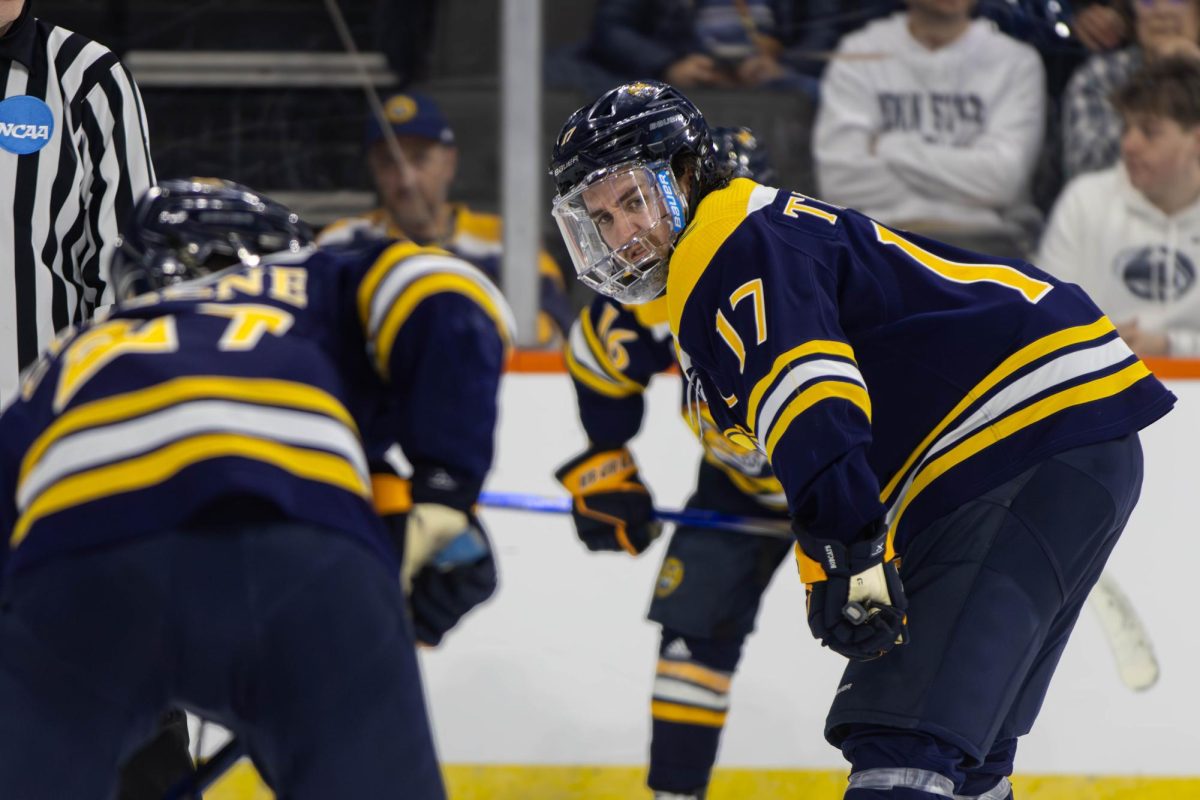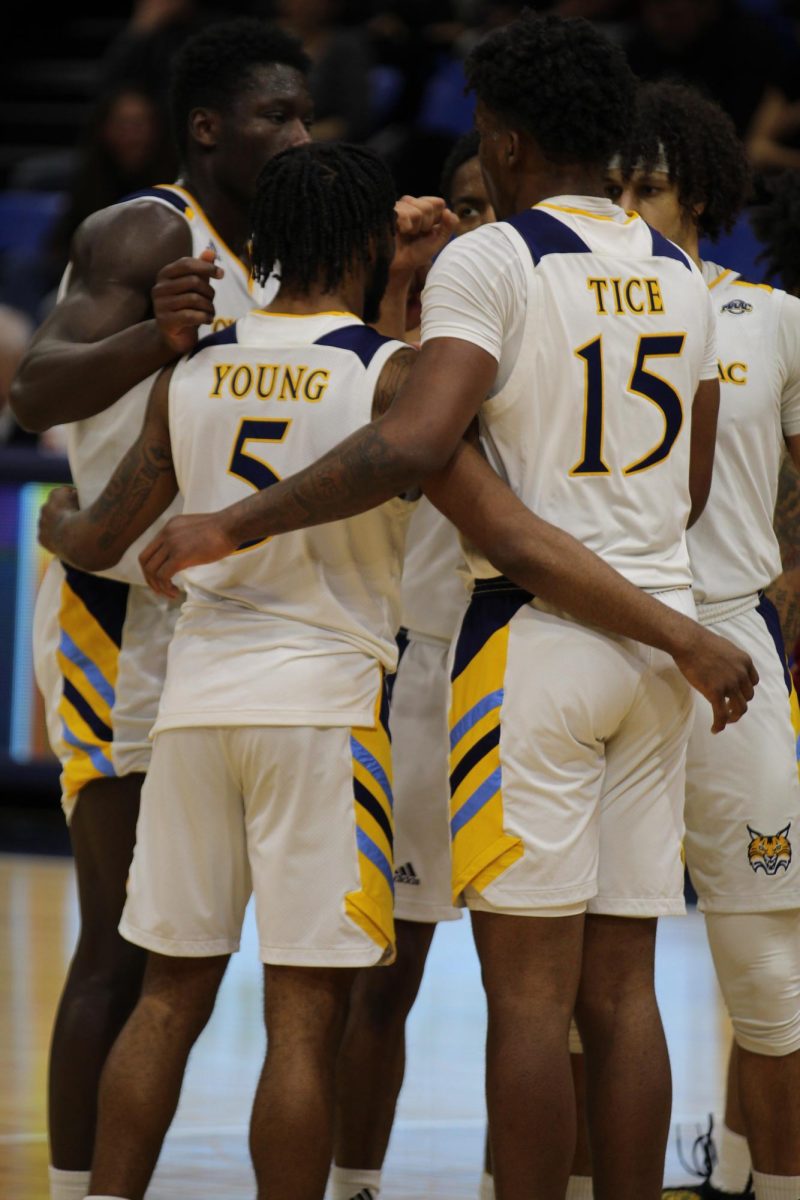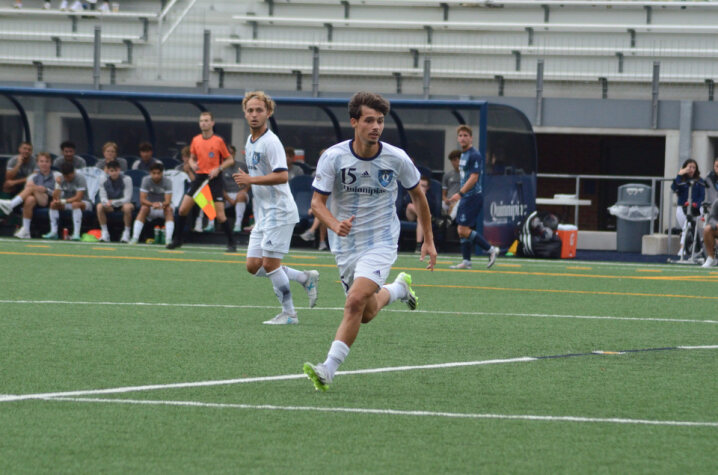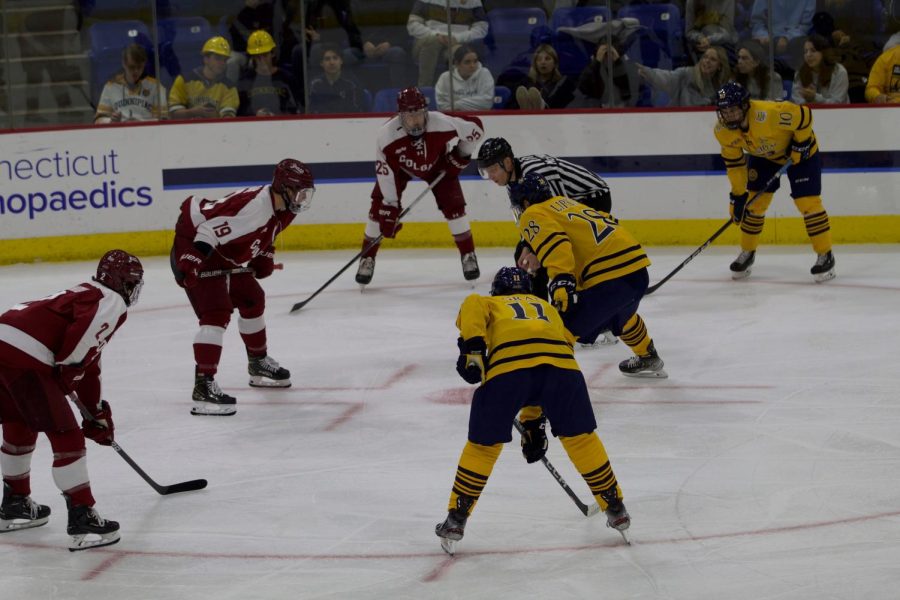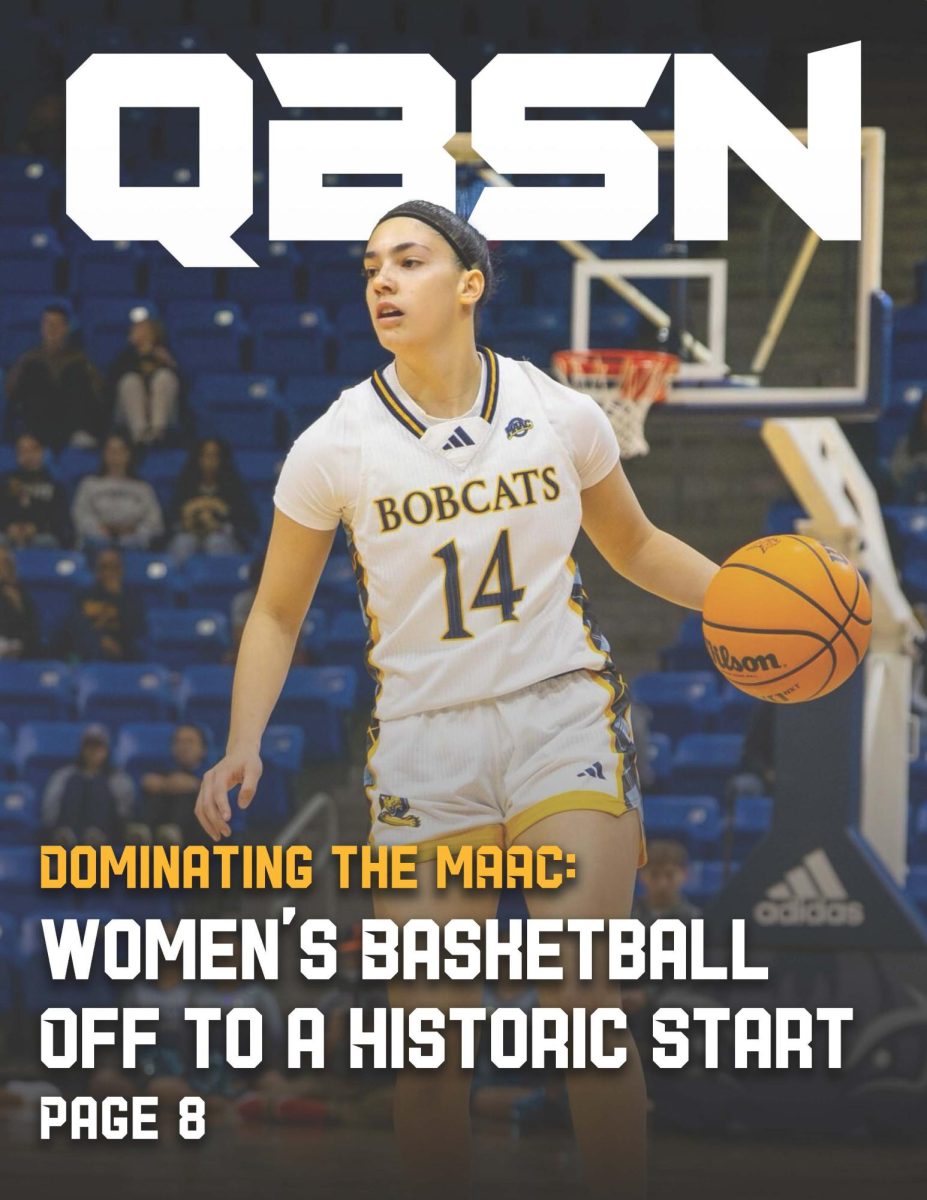Throughout all my years playing ice hockey, I have never cried on the ice except for one game. Looking back at it now, that game might have been the scariest moment of my life. The possibility that I may never walk again was running through my mind and I was hysterical. Yet, despite all my fears and tears that day, I still believe that checking should be allowed in women’s ice hockey.
Ice hockey has a reputation of violent checks and bloody fights. However, in women’s ice hockey, there is supposed to be no checking. What many people don’t realize is that this rule might be doing the women hockey players more harm than good.
In ice hockey, injuries can come from falling down the wrong way and breaking your bone, to getting checked head first in the wall and hurting your back and neck or worse. It’s a dangerous sport, but every player knows that and certain procedures are taken to try to keep the injuries down to a minimum.
When training on the men’s team, the saying “heads up hockey” was a way to remind players to always keep their head up when falling into the boards to prevent breaking your neck or back. For female players, they too are trained to always keep their heads up. However, they do not skate around the ice always on guard expecting to get hit.
In women’s hockey, some women may still check even though it is against the rules. They may find the penalty that comes with contact worth it to stop an opposing player. Some players even have tactics to administer a hit without getting caught, which can sometimes be more dangerous.
It is these unconventional hits and tactics that can put a player at risk. Combine this with players that were never taught how to take a hit properly because they were told they wouldn’t get hit and it is a gruesome combination.
When comparing the injuries sustained by men and women college hockey players, men lead. This is to be expected as men allow contact. However, women received more injuries in practice, an odd fact when they are the ones who are supposed to have no contact.
Looking at the bigger picture, men and women’s teams practice about the same amount. However, many times women teams don’t have as many games as the men. This may lead the numbers to be untrue because if the women play fewer games they have fewer chances to get hurt. This means that female ice hockey players may record a closer number of injuries to the men if they played the same amount of games.
The top leading injury for both genders is concussions. This makes sense for the contact sport of men’s hockey but is not consistent with women’s. One would believe that there would be more muscle related injuries commonly seen across non-contact sports.
Growing up, I played both men and women’s hockey. I have been targeted, slammed into the boards and even thrown into the air from getting hit by guys twice my size. None of those games I played with the men resulted in injuries that led me to be taken to the hospital or lose feeling in my legs the way my injury at a women’s tournament did. The difference is I knew the proper way to take the hit and was prepared for it.
In a competitive game such as ice hockey, the emotions are running high. A player that is losing and has been trained to hit will fall back on what they know, even though it is against the rules. For the players that have not been taught to check, they are put in danger of an unexpected hit.
To combat that, they resort to unconventional tactics such as tripping, slashing and cross-checking. All of these tactics are against the rules but they still happen and result in penalties for the player that committed them. However, the players that are tripped or slashed are in danger of going head first into the boards or falling down wrong because they were caught off guard.
It is the unknown that is hurting female ice hockey players. These are all players that know going in that they are playing a sport that can result in injuries. The part that they don’t know is when they will get hit. Unlike the men, they most likely won’t get hit every time they touch the puck. However, they can never know if a player is going to decide it’s worth the penalty to hit the opposing player.
What the high up officials within the USA Hockey need to realize is that checking is part of hockey. Any hockey player knows that they can get hurt yet they continue to play the game they love. What is the difference between boys checking boys and girls checking girls? There is no extreme size difference or skill difference as there would be if it were boys checking girls.
Girls will be girls; they are just as competitive and skilled as the boys and will do anything to win. Let them play as the boys do.



